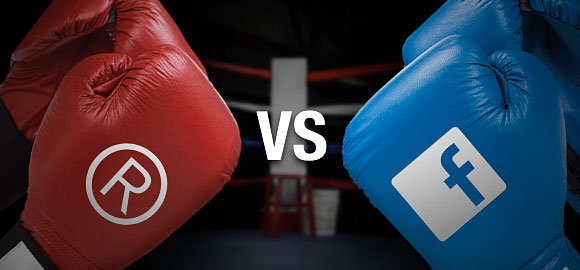
Staying in touch with the latest information about social networking sites such as Facebook can be a struggle. Over the past few months, Facebook has released new features that affect businesses and brands. One of these features forces brands to create engaging and viral content for it to be seen by people who have already “liked” the page. This is an effort by Facebook to force brands to use promoted status updates to advertise.
Facebook has always challenged brands to attempt to be social and create interesting content to encourage engagement. This is normally a very good thing, but recently, Facebook took this to a new level. In September, Facebook introduced a new algorithm that filters users’ news feeds so they only see content by those with whom they engage. This includes brands and general users. Facebook also added a new feature that separates pages into their own filtered timelines. Facebook claims the reason for the separation is because users were marking page posts as “spam” thinking they were advertisements. This is actually a failure on Facebook’s part for not separating promoted posts. Separating and filtering the news feed is taking away the voice that brands have earned among the fan base they have built.
Facebook feels it knows its users so well that it can figure out exactly what they want to see. This means that most people only see about 30% of what should actually be in their “news feed.” Facebook claims there are still ways to connect with audiences without paying for Promoted Posts. (I have tried several of these options and I still don’t see posts from certain pages.) One of these options is to encourage the audience to add the page to their list of interests or create content that has “viral” potential. According to Facebook these posts have a better chance to be seen by those who have “liked” a page. If someone has “liked” a page but never interacted with it, they will no longer see posts from that page. The problem is that sometimes users don’t want to interact, they just want to see the message.
What this means for brands?
When brands first joined social networks such as Facebook, the fact that it was free was the draw. Brands could easily connect with people who genuinely “liked” their product or service. It gave brands the ability to share interesting information with fans. Currently, most strategies on Facebook focus on driving traffic to the Facebook page to encourage more “likes.” This will not guarantee the message to be seen. Moving forward, engagement will be necessary.
This means a change of strategy and possibly a change of focus. It isn’t about how often a brand posts or what time of day, it matters if the post has interesting enough content that users are willing to share, “like” or comment. This means content should be unique, customized and engaging. This also means Facebook might not be the best social network for your brand. Some brands have already left Facebook for other social networks, like Pinterest and Twitter, because they can no longer connect with their audiences. For some brands, this may be the best route.
Ellie Banks
Public Relations & Social Media Strategist

